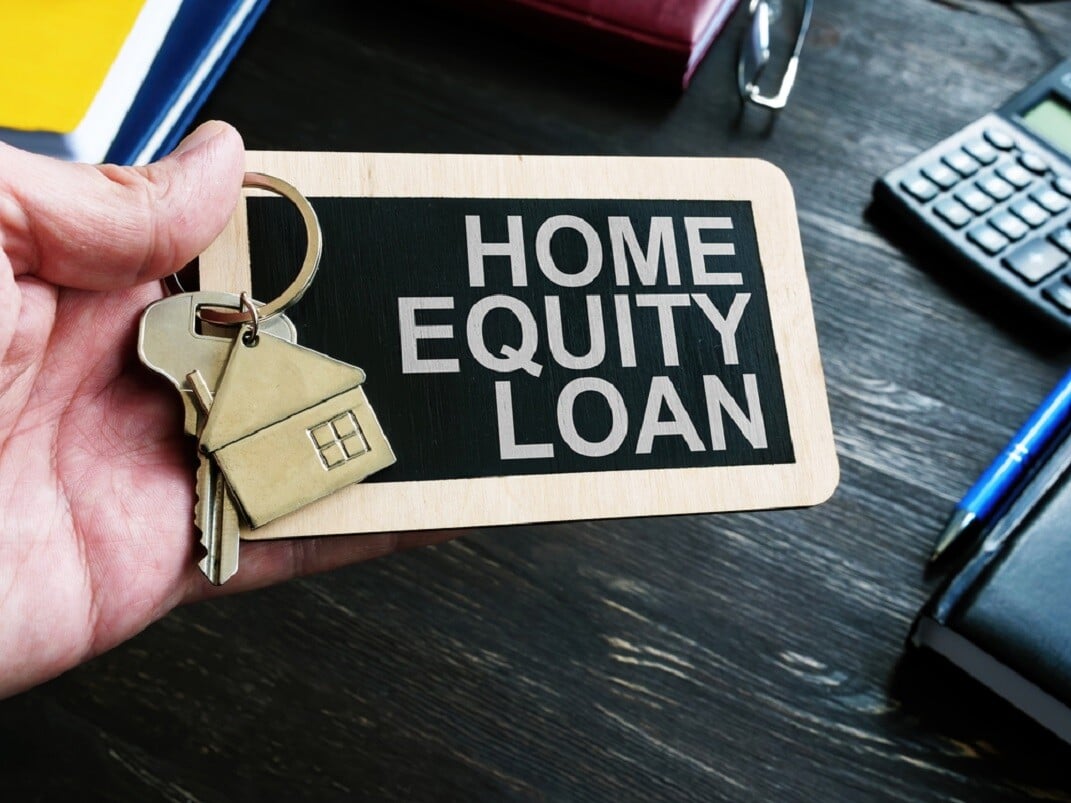Leveraging HELOCs for U.S. Rental Properties
Canadian investors are increasingly turning to U.S. real estate, drawn by its dynamic economy, major metropolitan hubs, and more affordable property prices compared to many Canadian markets. With diverse housing options and investment opportunities, the U.S. presents a compelling case for Canadians seeking to diversify their real estate portfolios.
However, investing in U.S. real estate comes with unique financing and tax considerations, which can sometimes be overwhelming. It’s crucial to understand the available financing options before diving into the U.S. rental property market.
SHARE is an end-to-end solution designed specifically for investing in the U.S. single-family rental asset class.
From the outset of your investment journey, SHARE works with you to align on a financing strategy that best fits your goals.
Financing Options for Canadian Investors in U.S. Real Estate
When investing in U.S. rental properties, Canadian investors typically have three main financing options:
All-Cash Purchase
An all-cash purchase allows you to bypass the complexities of financing, giving you full control over cash flow and complete ownership without debt. This approach also provides leverage in negotiations, as sellers favor cash offers.Conventional U.S. Mortgage
You can opt for a traditional mortgage against the U.S. property, though this method heavily depends on your personal income and credit history. For Canadian investors, options from Canadian banks may be limited, with stricter qualification criteria and restrictions on the types and number of properties you can finance.Debt Service Coverage Ratio (DSCR) Loan
A DSCR loan evaluates the projected income of the property rather than your income. Lenders assess whether the property’s rental income can cover mortgage payments, taxes, and insurance. This loan structure is ideal for investors focusing on property performance rather than relying on personal financials.
For many investors, though, accumulating the capital for a first or second rental property can be challenging, particularly when investing across borders. That’s where leveraging a Home Equity Line of Credit (HELOC) becomes an effective and popular tool for Canadian investors.
Navigating a High-Interest Rate Environment with a HELOC
In a high(er) interest rate climate, HELOCs offer Canadian investors a flexible and effective tool to fund U.S. rental property purchases. HELOCs are particularly attractive in today’s market because of their ability to help investors mitigate the impact of high interest rates while maintaining liquidity.
Understanding HELOCs:
Revolving Credit: Unlike a traditional mortgage, a HELOC operates like a revolving credit line. You can draw funds as needed and repay them over time, allowing you to reinvest or cover expenses as they arise.
Equity-Based Financing: The amount you can borrow is based on the equity in your Canadian home. For those with significant home equity, a HELOC provides a substantial source of capital to fund U.S. property purchases, without tapping into your savings.
Flexible Repayment Options: Most HELOCs allow interest-only payments during the draw period, helping to manage cash flow efficiently.
Variable Rates: HELOCs often come with variable interest rates, which can be competitive with DSCR loan rates. Additionally, because HELOC payments are interest-only during the draw period, they are often less burdensome than servicing a DSCR loan. As Canadian interest rates are projected to drop faster than U.S. rates, leveraging a HELOC now could yield long-term savings.
Tax Deductible: Depending on your circumstances, the interest paid on a HELOC may be tax-deductible. This could further reduce your overall cost of borrowing, making a HELOC even more attractive as a financing option. Be sure to consult with a tax advisor for clarity on this benefit.
A common misconception is that you need to own your home outright to qualify for a HELOC.
In reality, many lenders allow HELOCs to be secured against properties with existing mortgages. In Canada, a HELOC cannot exceed 65% of your home’s value, and you must have at least 20% equity in the property.
Pros and Cons of HELOCs
If you have sufficient equity in your Canadian home, a HELOC can be a smart way to fund your investment.
Why More Than 60% of SHARE’s Canadian Clients Use HELOCs
Cash Buyer Advantage: If your HELOC covers the full purchase price, you can act as a cash buyer, providing you with a competitive edge in today’s fast-moving U.S. market. Additionally, purchasing without debt allows your rental income to generate positive cash flow more quickly.
Down Payment Funding: Alternatively, use your HELOC to cover the down payment, then secure a DSCR loan for the remaining purchase price. This approach maximizes leverage while keeping your financing options open.
If you’re unable to tap into a HELOC, book a call with our team to explore alternative financing options.
Potential Downsides of HELOCs
While HELOCs are a flexible and powerful financing tool for Canadian investors, it’s important to consider the potential risks and downsides associated with this strategy– especially when investing in U.S. real estate.
Foreign Exchange Risk: Since a HELOC is tied to your Canadian home and financed in Canadian dollars, fluctuations in the CAD to USD exchange rate could significantly impact returns. For instance, if the CAD further weakens against the USD, you’ll need more Canadian dollars to cover your U.S. mortgage payments, which could reduce your overall profitability.
Not Paying Down Principal: Many investors choose to make interest-only payments, which means you’re not reducing the loan’s principal. This could potentially be problematic for long-term wealth-building strategies as it delays the process of building equity in the investment property. Additionally, relying on an interest-only payment structure increases the risk of increasing debt, especially in a rising interest rate environment.
Variable Rates: Your monthly payments could rise unexpectedly as interest rates fluctuate based on market conditions. This could make it more challenging to manage cash flow.
Mitigating HELOC Risks: SHARE’s Approach
While the risks of using a HELOC are valid, SHARE emphasizes that this is not a permanent financing solution. Our strategy is to mitigate these risks by adopting a phased financing approach designed to maximize flexibility and long-term stability.
Refinancing Onto a DSCR Loan
Once market conditions stabilize or improve, many of SHARE’s Canadian clients opt to refinance their U.S. property into a DSCR loan. This transition allows you to move from interest-only payments to a more structured loan where both principal and interest (P&I) are paid down. By doing so, you can build equity over time and align your financing with the income-generating performance of the property, ideal for investors looking to grow a portfolio.
Timing the Refinance
The ideal strategy is to leverage the flexibility of a HELOC during the initial acquisition and stabilization period, allowing for quick market entry. Once conditions become favorable—such as improved interest rates or a stronger CAD-to-USD exchange rate—SHARE will propose opportunities to refinance into a fixed-rate DSCR loan. With the option to lock into a 30-year term, this shift offers long-term stability, mitigates foreign exchange risk, and supports more predictable cash flow and portfolio growth.
By using a HELOC to act quickly in the U.S. market, and then refinancing onto a mortgage when conditions are right, Canadian investors can maintain financial flexibility while ensuring long-term wealth-building opportunities.
Closing Thoughts
For Canadian investors, leveraging a HELOC can unlock new opportunities in the competitive U.S. rental market. By understanding how a HELOC works and combining it with other financing options like DSCR loans, you can make informed decisions that support your cash flow and investment goals.
Ready to explore your financing options? Connect with SHARE’s expert team today.


.png)
